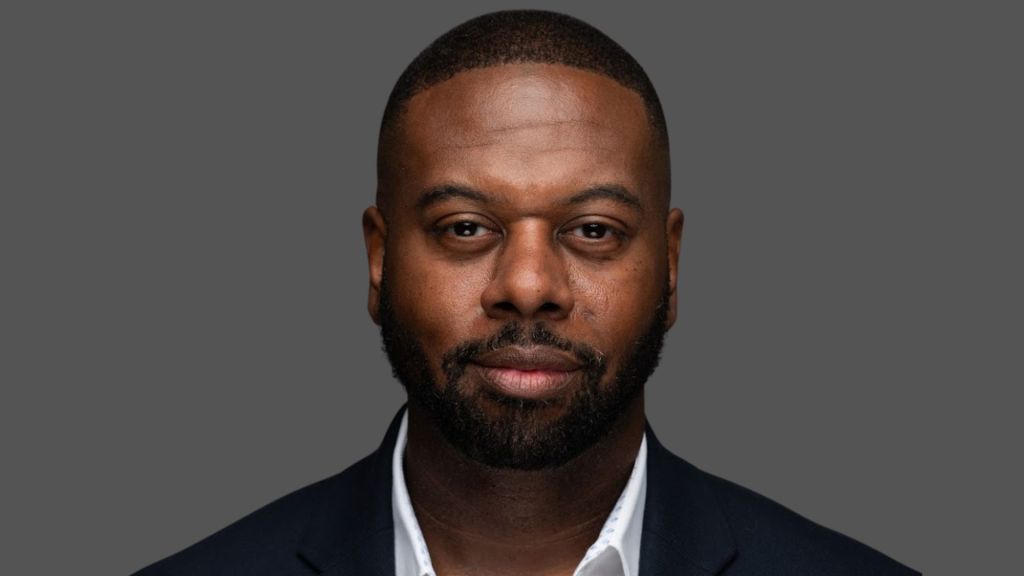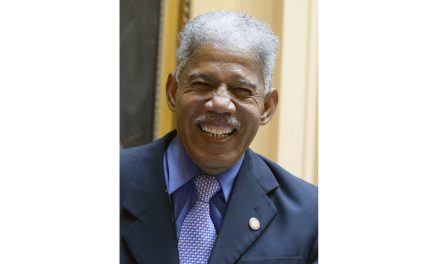By Mark Thomas
It’s been a seven-decade streak of population loss and disinvestment for Baltimore’s neighborhoods. The post-industrial headwinds that shook the economic foundation of America’s rust belt left a trail of abandoned industrial sites and brownfields, crumbling infrastructure and blighted communities from the Midwest states to the Black Butterfly of Baltimore.

Credit: Courtesy photo
Through economic booms and busts, desegregation, diversification, internationalization, the death and rebirthed life of America’s cities, Baltimore has been exceedingly resilient but unsuccessful in the collective action needed to fully reverse course around a vacant housing issue that has hamstrung the economic vitality of our black and brown neighborhoods.
Founded in 1955, the Greater Baltimore Committee consistently sought to turn the tide of disinvestment, authoring solutions around consequential infrastructural issues to catalyze needed growth. Our work has left us with a litany of successes and lessons learned. We collectively live with these choices made, schooled by life on their impacts, and tasked with forging a path ahead.
It’s been more than a year since GBC announced our partnership with Mayor Brandon Scott and Baltimoreans United In Leadership Development (BUILD) to collaborate on the seemingly impossible challenge: reversing blight and housing vacancy. Addressing the challenge isn’t just a moral imperative but an economic one that must be overcome for our region to be successful against high growth opportunity markets down south or those with more corporate or philanthropic clout.
Our problem is unique. Baltimore’s vacant properties sit in the hands of thousands of private owners, a vastly different scenario than the thousands of blighted properties that reside in public ownership in rural and urban cities also tackling this issue. Our region’s community development groups and housing builders must operate as America’s most pragmatic, problem-solving developers to succeed at navigating the labyrinth of legal, financial, and permitting challenges needed to address the vacant housing issue at scale.
The framework we jointly released was an important start, building off of the collective progress and work of many organizations working at the frontlines of addressing this challenge, and informed by the latest research both within the region and nationally. The partnership called for strategic public investment to redevelop a minimum of 37,500 vacant properties and lots, and jump start a citywide housing redevelopment focus.
As a first step, we engaged the nationally recognized government advisory firm PFM Financial Advisors. Their analysis factored in a 15-year time horizon to identify and secure the necessary public and private support to address vacant housing, which is a reasonable timeline for an initiative of this scale. Most importantly, it’s a shift from the approaches in the past.
PFM’s research, which calculated $3 billion in public investment over a 15-year period and a two-year buildup for case making, has better informed policy makers and sets a baseline for discussions.
It highlighted the importance of a whole block, neighborhood development-based approach to create sustained wealth in communities while generating the ongoing tax revenues needed to reverse decades of disinvestment.
PFM’s economic modeling – informed by thorough financial analysis and consulting with key experts and stakeholders engaged in this work – found that these investments will be fully recovered through future tax revenues generated in a city with revitalizing neighborhoods and a State government poised to equally reap its investment.
Moving from piloting neighborhood-level success to a market-driven approach that matches the scale of the need will take time and a menu of creative solutions.
PFM’s analysis looked at new and existing public tools and financing opportunities. This included reactivating the defunct Industrial Development Authority, which can generate $150 million in public investment over 15 years, and issuing non-contiguous tax incremental financing (otherwise known as TIF bonds), as well as a fair (though unsupported) question of local sales tax sharing.
We’ve worked with public and private sector leaders to champion the state’s investment in community redevelopment.
Maryland’s toolkit of economic development and community revitalization tools is quite robust. The State increased its annual commitment to Project C.O.R.E. (a state and city partnership to demolish thousands of vacant buildings to serve as the catalyst for redevelopment, reinvestment, and stabilization) from $20 to $50 million. Additionally, an increase from $12 to $22 million was committed to Baltimore Regional Neighborhoods Initiative, which supports neighborhood organizations.
The Moore-Miller Administration and the state leaders have presented a number of new reforms that are major steps forward. The creation of the Maryland Community Investment Corporation and new initiatives like the Enough Act and Just Communities Designation create the type of focused interventions that orient public investments to highest need areas and create more confidence from the private sector that we’re serious about seeing major reinvestment.
Housing is a national crisis and needs proactive engagement from business and economic leaders.
This election cycle has finally elevated the housing affordability discussion. The GBC can serve a critical role in proactively proposing federal investments that would make a difference for the Baltimore Region. This will ensure we’re not just responding to programs after they’ve been initiated by our peer groups in other markets. Federal economic redevelopment case-making efforts helped inform bipartisan programs like Historic Tax Credits, New Market Tax Credits, Opportunity Zones, and the CHIPS Act (which includes the $10 billion federal tech hub program).
Meanwhile, the private sector has stepped up.
Bloomberg Philanthropies’ gifted the city an innovation team, led by a new director who successfully reduced the number of vacant housing properties in Mobile, Alabama. JP Morgan Chase and the Weinberg Foundation have both made recent announcements to support community redevelopment.
The Mayor’s Business Roundtable has selected this as its top priority. Private sector leaders eyeing how they can support Baltimore’s revitalization, can now understand whether their investment will be transformative or minimal. We finally have a north star. On a personal-level, it’s the visual metric that will define, as civic leaders, if we’re actually making a difference.
We’re not in the clear yet.
It will take time to build the governance structure to support the deployment of resources and a private market that still needs some convincing that the momentum is real. But the collective will from the public and private sector to address Baltimore’s vacant housing issue is there. The work it took to get us to this point is a milestone worth acknowledging and a corner finally turned.
Mark Anthony Thomas is the president and CEO of the Greater Baltimore Committee.
The post Making change in Baltimore: A progress report on vacant housing appeared first on AFRO American Newspapers.










